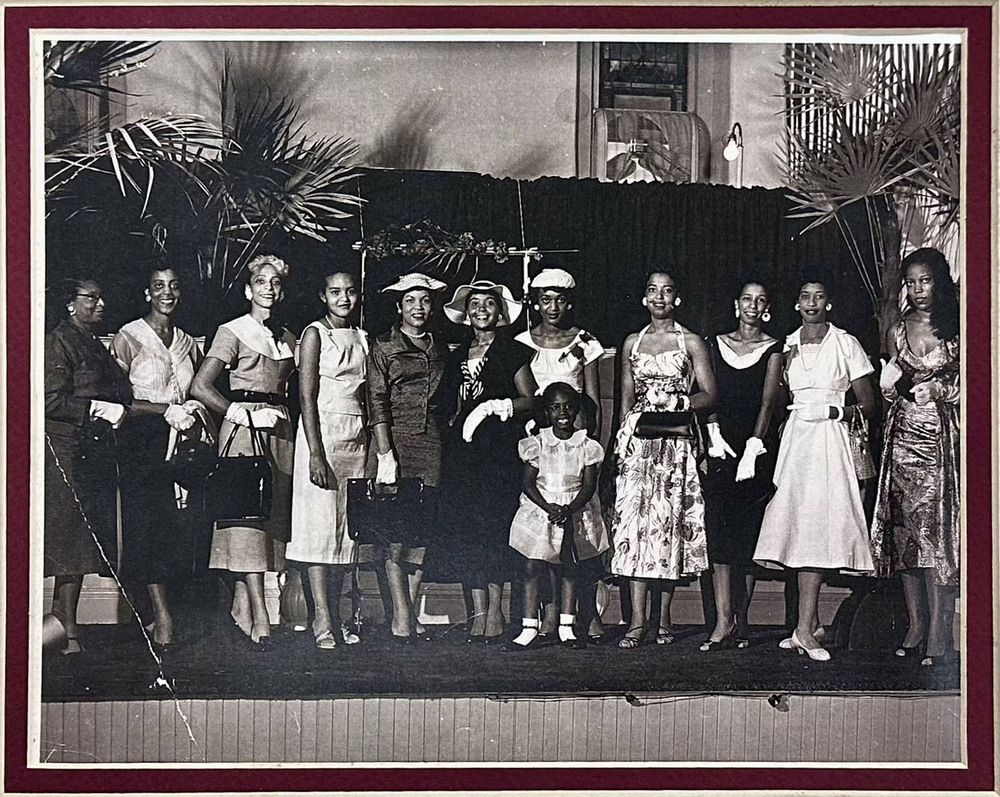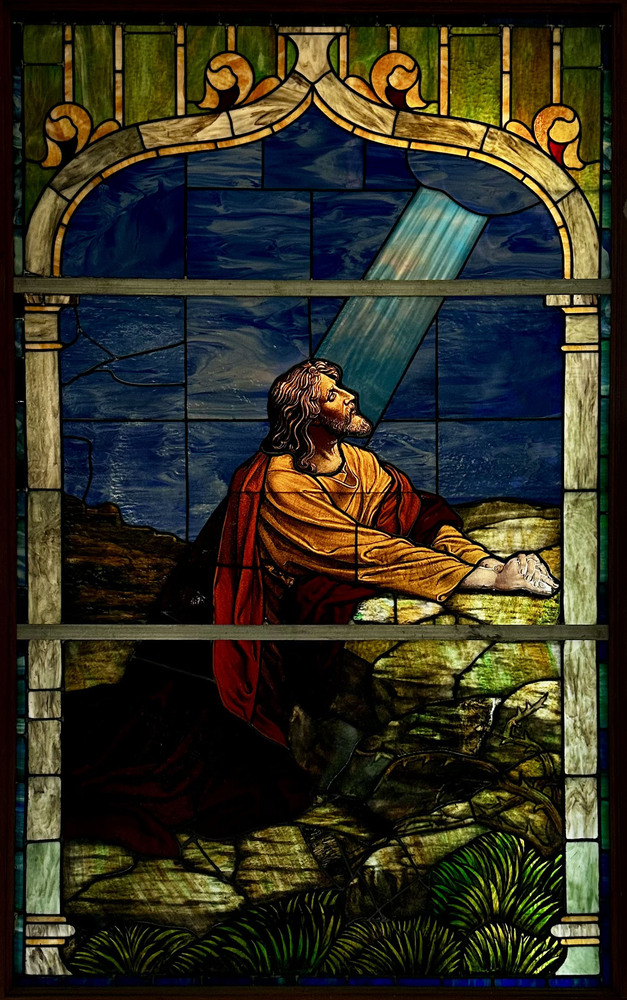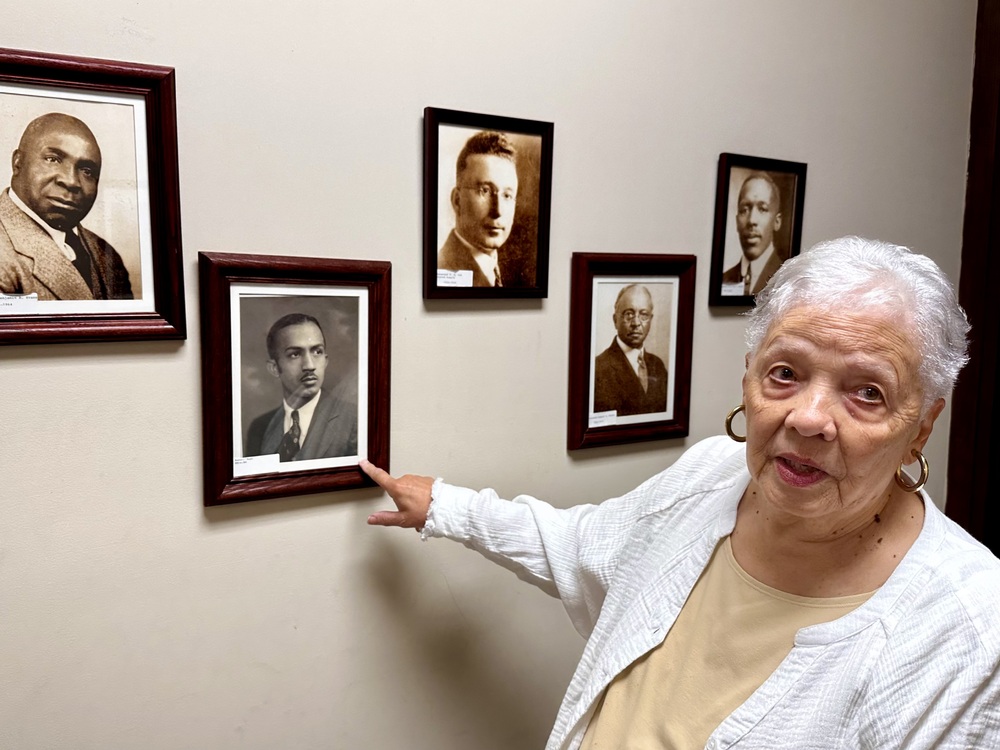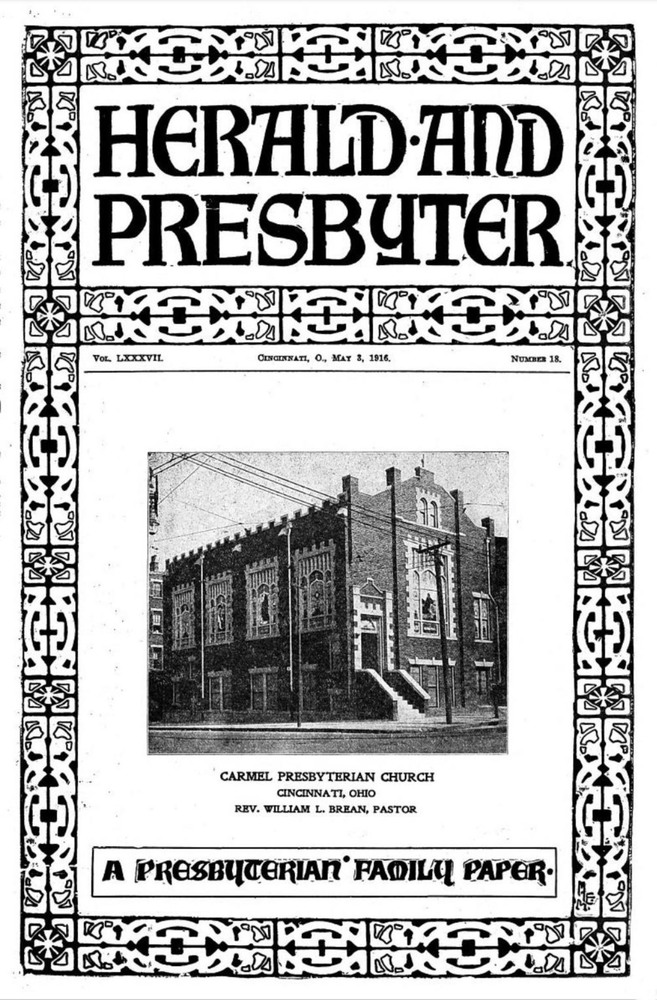Carmel Presbyterian Church, West End Location
A still-vibrant congregation whose house of worship was torn down for “urban renewal”
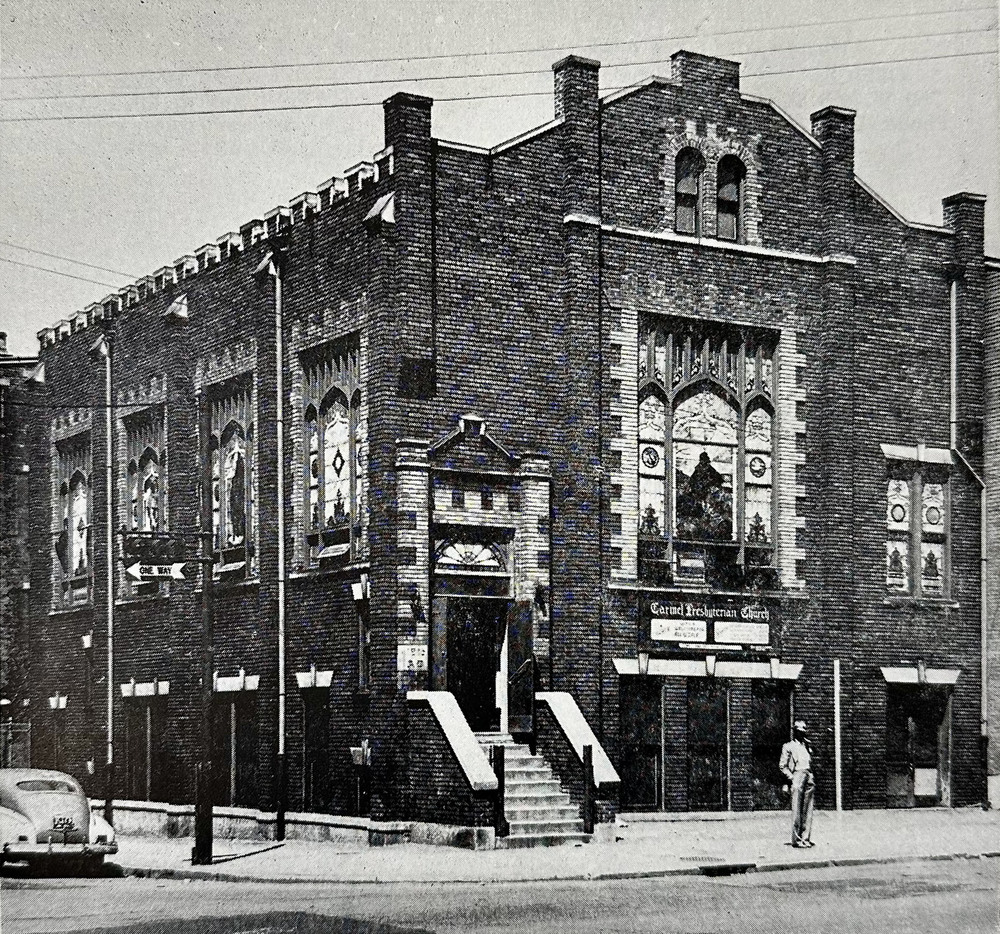
Founded in 1901, the Carmel Presbyterian Church is the oldest Black Presbyterian congregation in Ohio. Today, the church meets in Avondale. But for 39 years, from 1915 until 1958, Carmel Presbyterian Church met in a building they built for themselves, using Black contractors, in Cincinnati’s West End.
Carmel Presbyterian Church was founded in 1901. For some years, the congregation occupied a series of temporary spaces while trying to raise money for a new sanctuary. The congregation purchased land at the northeast corner of Ninth and Linn Streets. In 1915, Reverend William Brean instituted a new fundraising push, and the cornerstone was laid that June.
The general contractor was William L. Ricks, an African American builder and attorney. Ricks noted proudly that at the Carmel Church, “The construction work was done exclusively by negro workmen.”
The building was in use by October 1915. The formal dedication took place the following spring, on Easter Sunday, 1916. The church was outfitted with beautiful stained-glass windows, all of them given as memorials. One of the original windows still exists in Carmel’s current facility.
Over the years, many special events were held there. In 1919, Carmel Presbyterian Church presented a “historical festival” to commemorate the arrival of the first Black people in America three hundred years earlier, in 1619.
Carmel has always had an outstanding music program. In 1920, Carmel installed a new organ. The Chancel Choir sometimes gave joint concerts with the choir of the Cosmopolitan School of Music, under the direction of Artie Matthews.
The Carmel Church also has a strong history of social activism. In 1929, the church purchased a building next door for use as a parsonage, social service center, and health clinic. After the flood of 1937, the church opened its doors to flood refugees and Red Cross workers. During the 1940’s and 1950’s, the church hosted meetings to discuss labor and housing problems under the auspices of the NAACP.
The church has been led by many distinguished pastors, including Julius T. Douglas and B. B. Evans, as well as prominent lay leaders such as Virginia Keys Coffey, who during the 1940’s was Carmel’s director of religious education.
In 1956, the City of Cincinnati announced that Carmel Presbyterian Church and its social center would be demolished for urban renewal, along with thousands of other buildings in Cincinnati’s West End. The Carmel congregation purchased a historic church building in Avondale and moved to that location at the close of 1958.
Margie Coleman Green was born in 1945 and grew up attending Carmel in the West End. She is still a member today. She recalls,
“The old church meant a lot to people. … We learned about God. It was fun. We weren’t made to go. On Saturday you got your clothes ready. Shined your shoes, got your hair curled. We could play outside afterwards. After the move, it wasn’t as cohesive. There was nothing like the West End.”
When asked about the process of moving, Ms. Green said,
“What choice did we have? They’re tearing down stuff, we had to accept it. I lived on Richmond at Baymiller, we had an apartment. There were stores, everybody knew who worked in the stores. There was a drycleaner, and my mother was very friendly with the owner. It was like a family, really, the neighborhood. … We weren’t rich by any means, but we knew how to treat each other. A lot of people now have forgotten how to care about each other.”
Images

